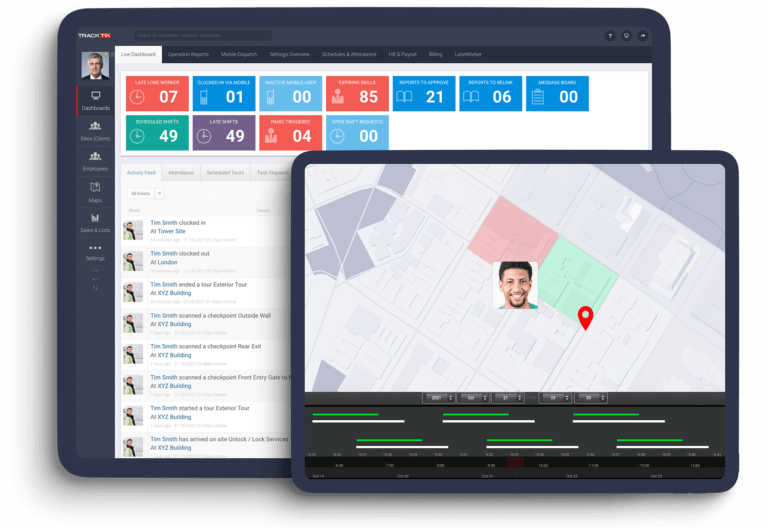Many great conversations were had. GSX is one of our favourite shows every year. This year was virtual, for all obvious reasons. So what were our takeaways, what stood out? A few things.
Artificial Intelligence and its implications on the security world took center stage. How to deal with the growth in available data and analytic capabilities in the market. We have to start thinking about how we use AI in terms of legality, capabilities, and privacy. For the security industry, AI will be important in terms of image recognition, facial recognition, and anomaly detection.
We’ve been doing augmented reality for years with video. We’re now moving into mixed reality and being able to interface with objects and move into wearables. The long-term trend is ultimately virtual reality where all experiences are fully synthetic.
Understanding what these technologies are and how they operate within a business strategy is imperative, otherwise the investment will yield poor results. However, AI usage will grow and accelerate, and companies need to be agile and adaptable to navigate this change.
Building an AI implementation plan starts with identifying a security problem that needs to be solved, and the existing security assets, and determining where AI can help based on that. No clear way of evaluating an AI solution – it is up to whoever implements the AI plan to determine an acceptable level of false positives, no commonly good answer.
The real validation of incorporating AI is whether it makes your team more efficient – there are other methods (data testing, synthetic testing, production testing but these are too costly for most security companies). Inputting quality data is a good starting point.
Another trend we saw at GSX+ 2020 was how physical security teams are generating more data than ever before for a myriad of stakeholders in your organizations. A few examples include incident management and case management systems, guard tour systems, mobile security applications, visitor management systems, access control, video surveillance, and more.
We also noted that being cloud-based is key to resilience, especially now with so many people working from home. Machine learning is making its way into the marketplace which will hopefully improve operator responsiveness and decision making.
Finally, the cannabis industry made an appearance at the show with 11 US states having recently legalized it and decriminalized it. The security industry has a big role to play here in providing on-site guards, alarm response, and transportation agents. Remote monitoring, site security assessments, compliance, and security operation plans will also be key in securing these facilities as they grow in numbers.
All in all, GSX+ 2020 was an interesting and exciting event, as we all get used to the new normal. Hopefully by next year, we can all meet again. Stay safe.
About TrackTik
TrackTik was founded in 2013 and quickly established itself as a market leader with the mission to build better software so its clients can run smarter businesses. TrackTik’s AI-driven technology enables security organizations to connect frontline staff, back office management, and their clients to drive improved operational efficiency and data insights. TrackTik helps security professionals make automated, data-driven decisions with its cloud-based seamless approach to system connectivity. Headquartered in Montreal, Canada, with offices in the United Kingdom and Europe, TrackTik offers four integrated suites of tools – Security Operations for Guarding, Back Office Management, Mobile Patrol and Dispatch, and Business Intelligence & Reporting Analytics, to help security service companies follow the progression of guards, reduce manual tasks, lower costs, and demonstrate value.


